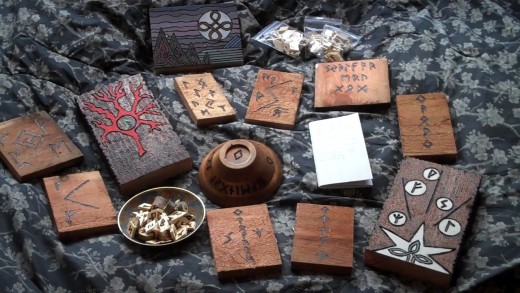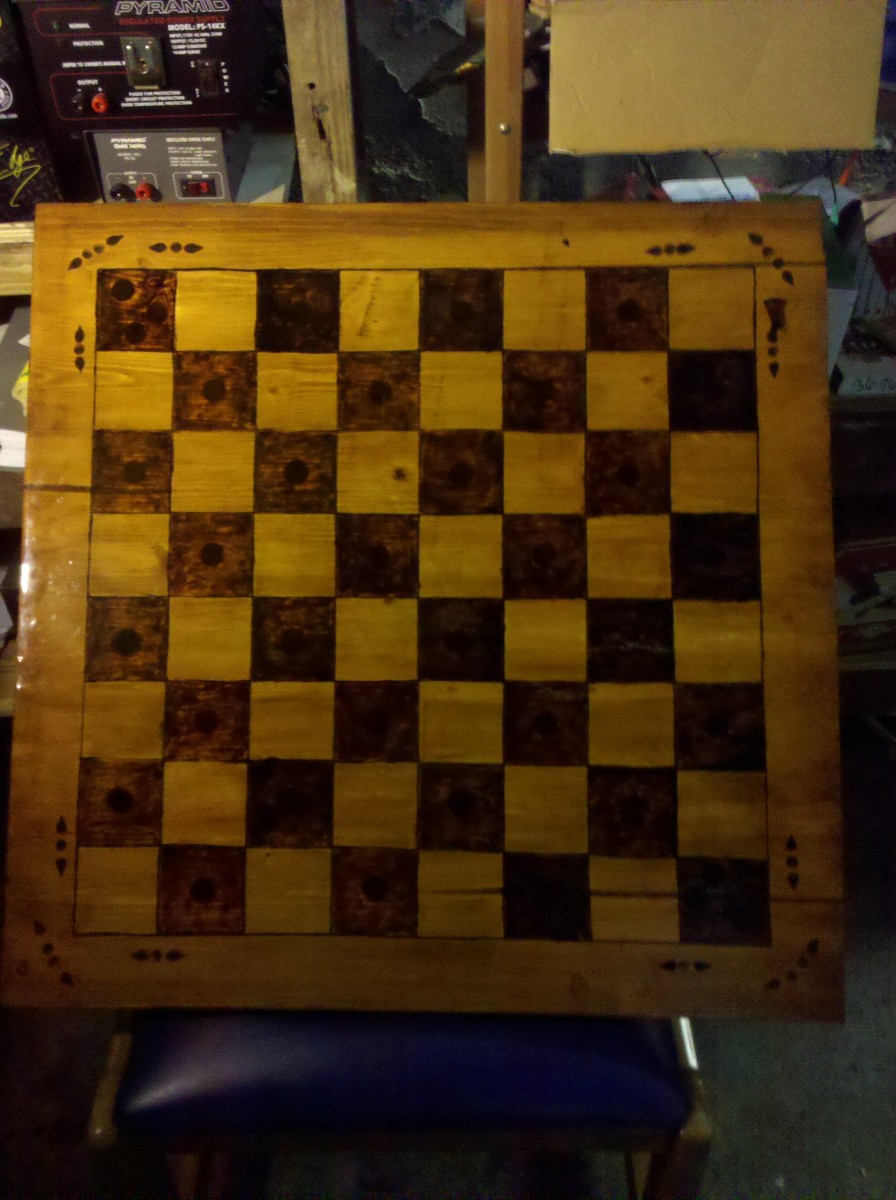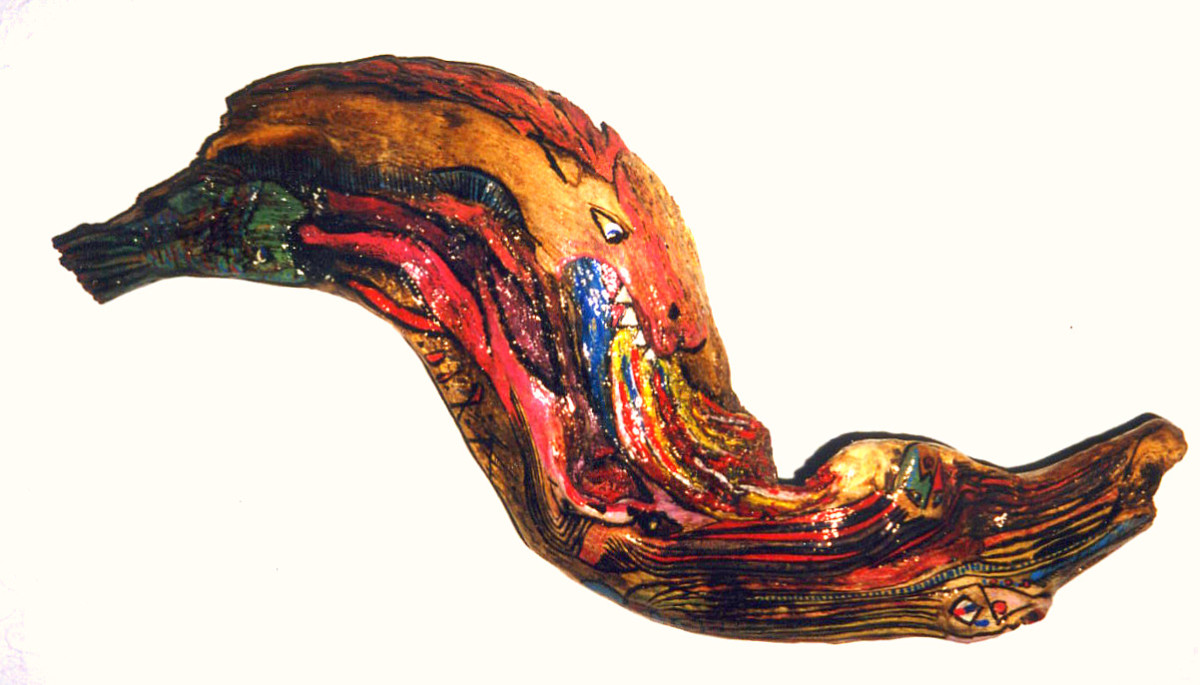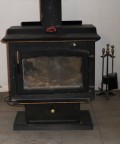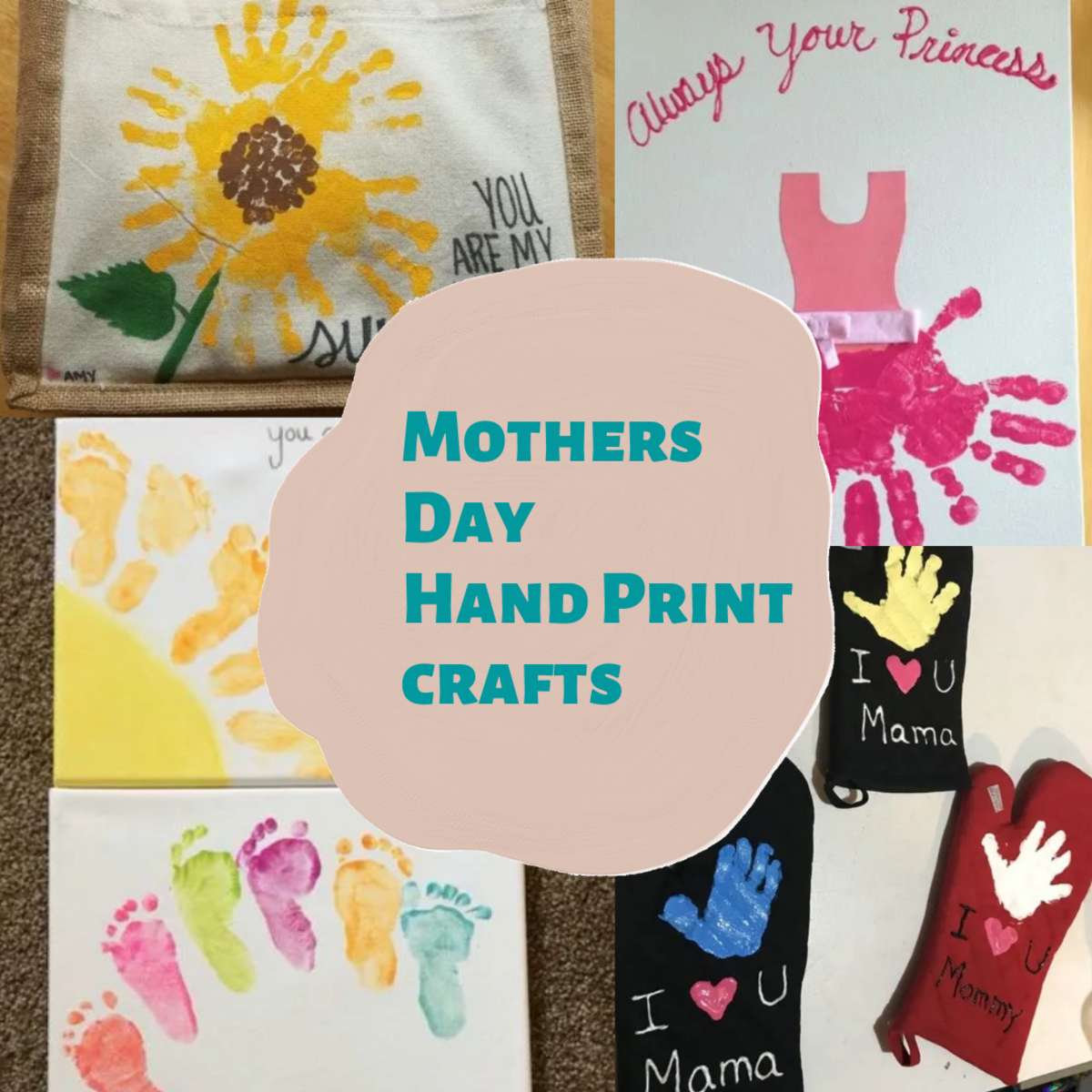The Art Of Pyrography, Part 4: Simple Etchings
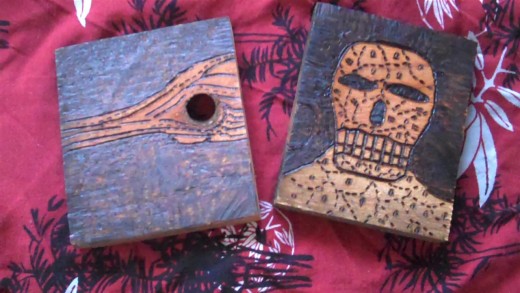
Want the Basics of Pyrography? Click here.
Though I originally started my creation of pyrographic artworks by creating pieces which feature a combination of wood burning and acrylic painting, lately I’ve been creating a number of smaller works using only my wood burning tool and slices of discarded cedar wood fencing. In this tutorial, I am going to teach you how to create your own works of pyrographic art using nothing more than a piece of wood, a pencil and your favorite wood burning tool.
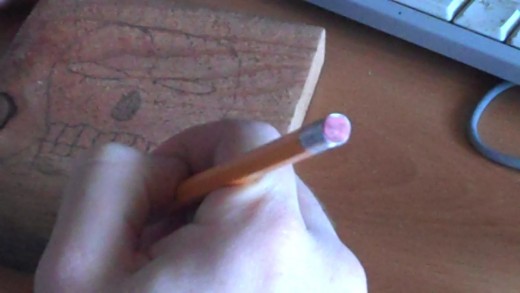
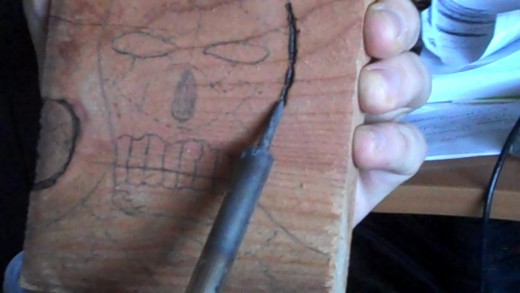
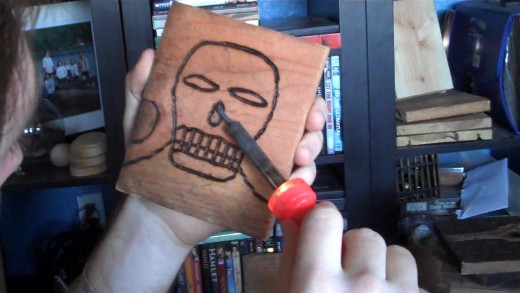
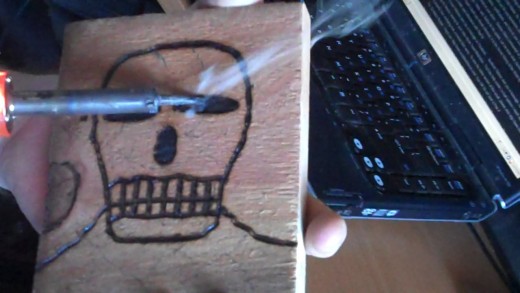
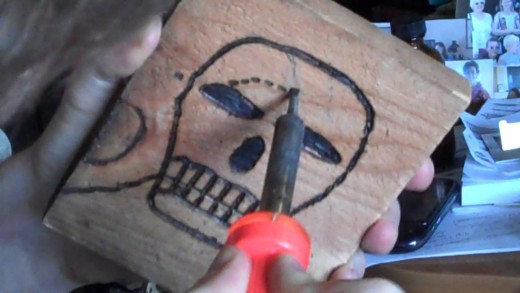
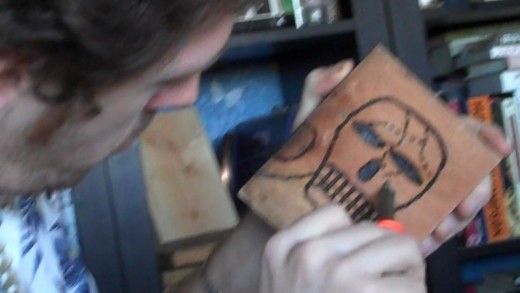
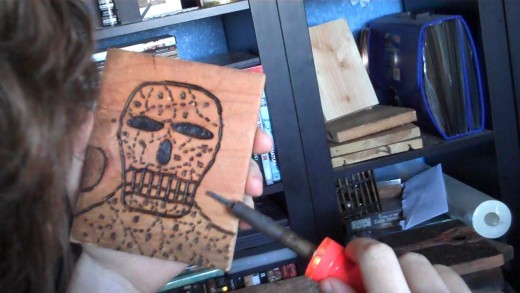
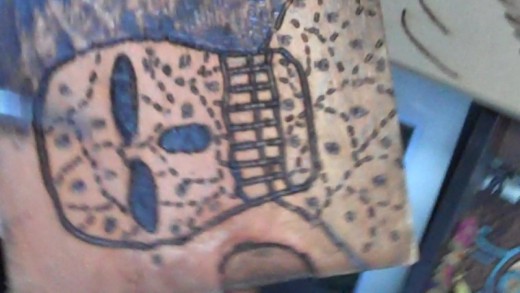
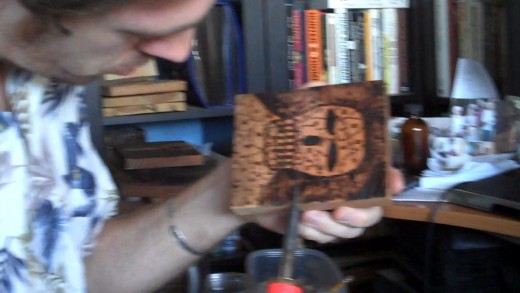
Creating Simple Etchings:
First, make sure that you have read my original Basics of Pyrography hub (or have a good, working knowledge of pyrography) and remember to work safely! Secondly, you will need to find (or create) a canvas which you can burn your art into. As a pyrographer, I have achieved the best results with a number of softer woods (like the pieces of cedar I used for the works of art featured in this hub) but I have also created small portraits and etchings on everything from one hundred year old oak to bits of fiberboard. One of the best sources I have found for wood to use in the creation of these small canvasses is thrift stores and places where you can buy bits of rejected wood (like Home Depot.) Also, if you are cutting a fence for your yard (or if know someone who is) save the ends of your fence-boards! As long as they aren’t treated with creosote (or other harmful chemicals) they can be used to create awesome, simple and inexpensive canvasses for your artwork without requiring you to go out and invest in anything more than a wood burning tool or soldering iron (if you don’t already have one.)
Once you have your basic blank wooden bits that will serve as your canvases, you can use your burning tool to begin drawing on them. For best results, I recommend drawing your works of art on the wood with a pencil before you burn them so that you have a clear idea of what you are going to do before you do it (and possibly change your mind!) Another benefit of drawing the work of art out first is that, when you go back over the design with your wood burning tool, you can actually improve what you originally freehanded and create sharper, crisper lines. It’s a win-win situation!
When burning your art into your canvas, I recommend long, hard, careful strokes in order to get the best results. Remember to watch your fingers! If you are gripping your canvasses at the edges (like large coins) while you work, it can be easy to slip and burn yourself. Try to cut each line that you burn into the wood carefully, away from yourself, and without pressing your tool into the wood so hard that you burn a line all the way through to the other side. Burning holes all the way through your canvas can produce interesting results when done properly, but if you’re not careful, you can end up effecting the stability of the wood you are using (which can lead to your canvasses cracking or breaking.)
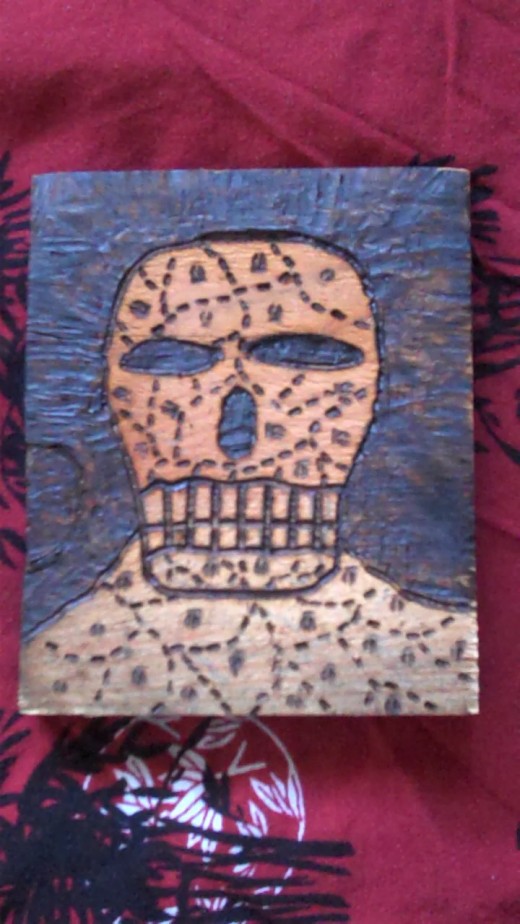
When I create new works of pyrographic art, I almost always pre-plan out what I’m going to draw by putting it together on a piece of paper and then transferring it to the wood (usually making it bigger in the process.) Once I have my design pencilled onto my wooden canvas, I burn the basic lines of the design, fill in and darken the areas that I want to have some depth to them, add any other touches the piece of art requires, and then create the background. In color works, I sometimes use a color wash for the background and leave the natural color of the wood for the skin of the subject, but in simple etchings like these, I usually just burn a dark background in order to give the subject emphasis. Feel free to experiment with different ways of burning the background into a piece of art you are creating. Some techniques can produce more of a golden sheen to the burnt area (usually by digging in and texturing the wood uniformly) while other techniques will simply produce a flat black matte. Remember– the right background for any given piece is the one that you think looks best on it.
That’s it! Feel free to link in the comments to any small pyrographic etchings that you’ve created. I’d love to see them!
